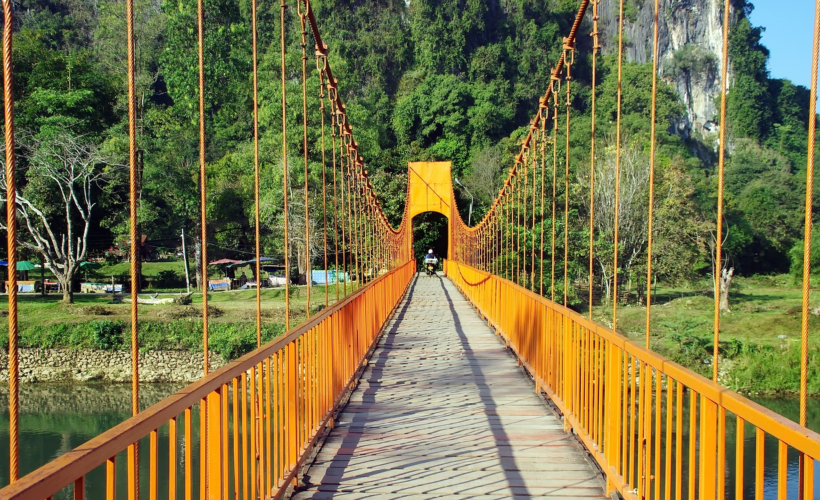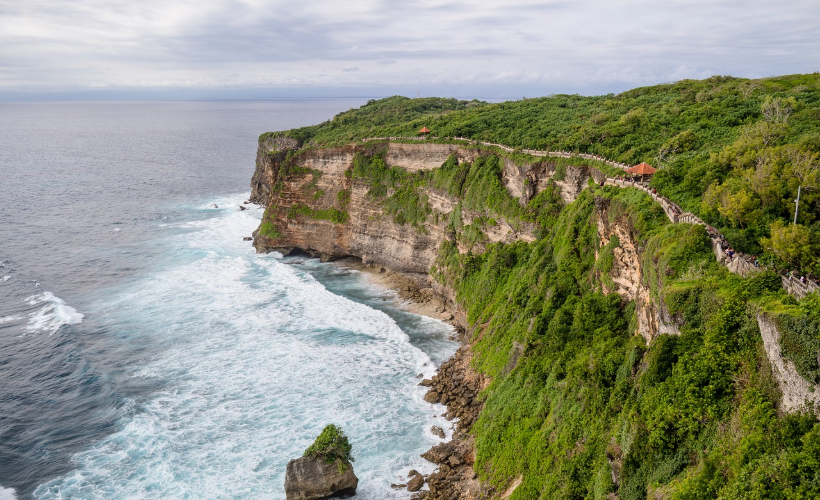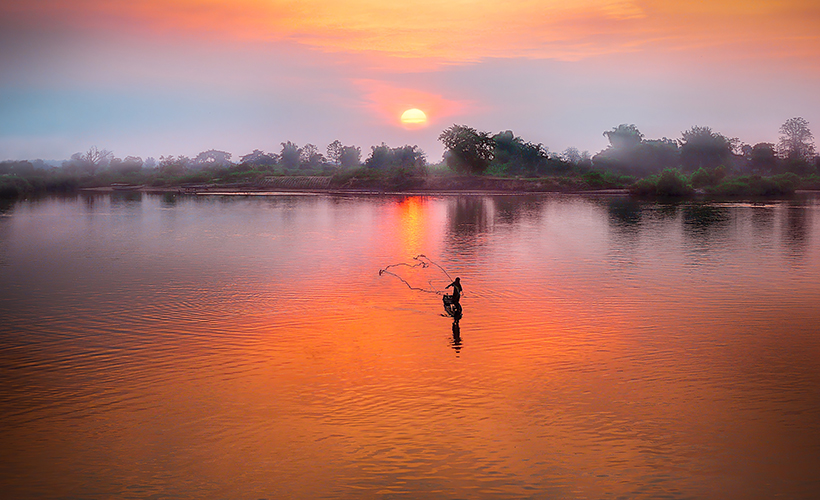
During the Vietnam War, the United States of America dropped more than 270 cluster bombs on Laos. Around a third of these bombs didn’t explode, and of these, one per cent has been cleared while the rest lie scattered throughout the country. These bombs make everything from cooking to farming to simply walking around a dangerous affair. Simply because an unexploded bomb or ordnance (UXO) could be buried anywhere – even in someone’s backyard.
The small village of Ban Napia and the wider area of the north-eastern province of Xieng Khouang in Laos was one of the most heavily-bombed areas. While parts of diffused bombs decorate hotels, restaurants, and bars throughout the Xieng Khouang province, the inhabitants of Ban Napia have taken to collecting these unexploded munitions, melting them down in kilns, and turning them into spoons by pouring the melted metal into wooden moulds.
Farming is difficult in the area, especially because there’s a high chance of accidentally setting off an UXO. Some of the local population have taken fate into their own hands by actively going out to look for these bombs. They then turn them into utensils in order to generate income. An accompaniment to delicious Laotian fare, the villagers started producing these spoons in the 1970s and have since expanded their ware to bracelets, key chains, and bottle openers.
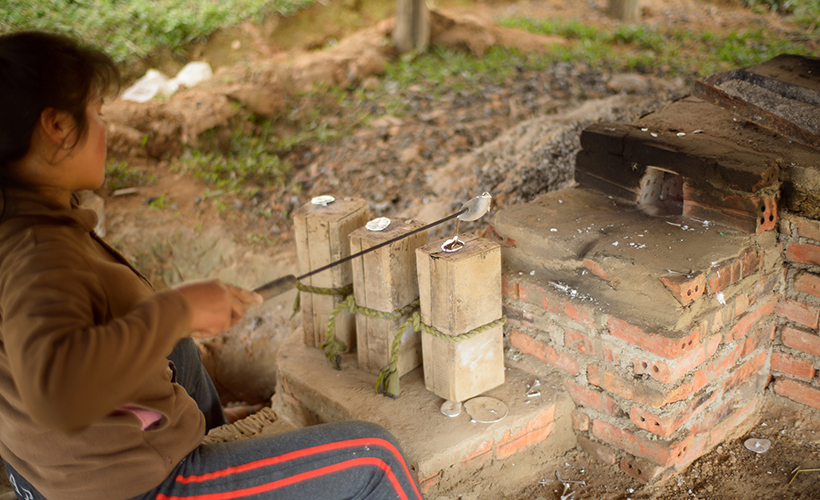
A trip to the Plain of Jars usually stops at Ban Napia where visitors can purchase some of these unique items. There are also hikes that will take you through the village.
About seven hours away, the inhabitants of Tha Bak have had a similar plan. These villagers now transform the drop-fuel tanks of US B-52 bombers into boats – canoes, to be exact. The villagers have realised that the metal is very durable and so started creating these canoes from the fuel tanks.
Today, shiny metal boats that resemble missiles can be seen throughout the village near the Namkading River. As tourism is growing in the area, so are the locals’ offerings. Visitors can now take rides in one of these boats for a small fee. Travelling by waterway through Laos can be very scenic.
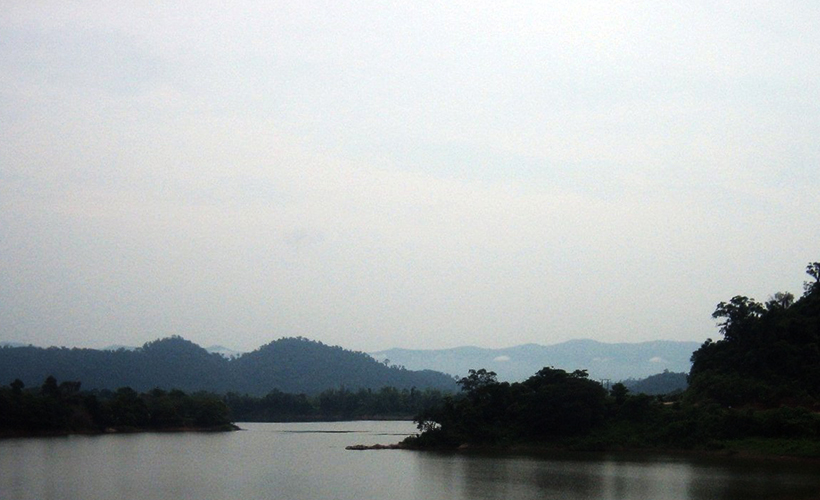
Suffice to say, the remnants of the war can still be seen throughout Laos. While it’s great that the locals have found ingenious and creative ways of upcycling UXOs, the work is dangerous and a part of their everyday lives.
Many Laotians will never know a life not being surrounded by something that could kill in an instant. Thus, purchasing souvenirs that could cost someone else their life is controversial. But as a local inhabitant says, “People will be collecting the bombs anyway.” So one might argue that you’re contributing to a family’s income and hopefully one day these villagers will no longer have to rely on bombs to survive.


